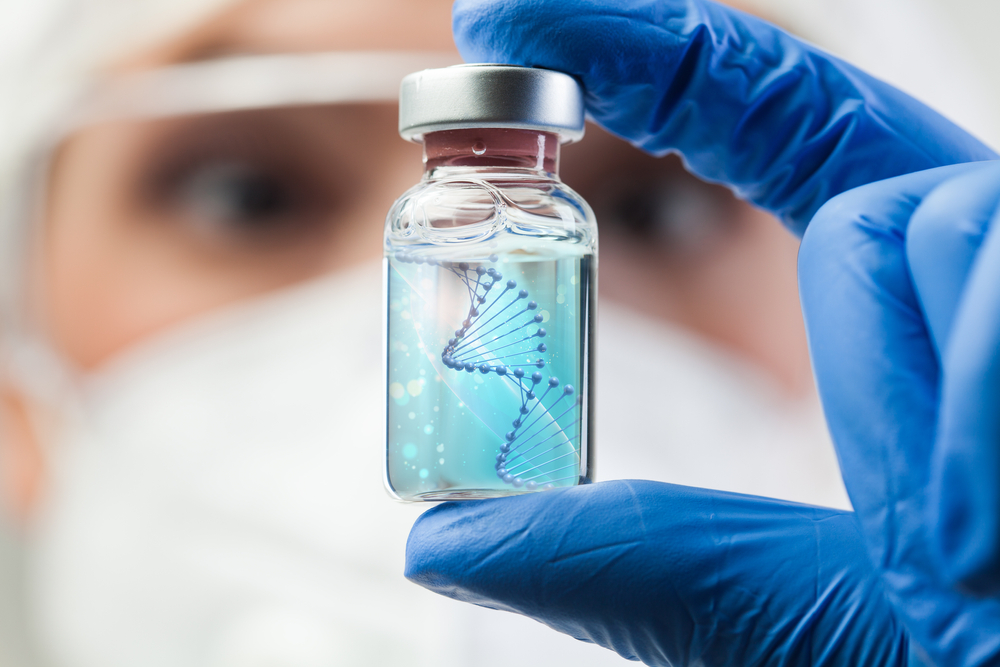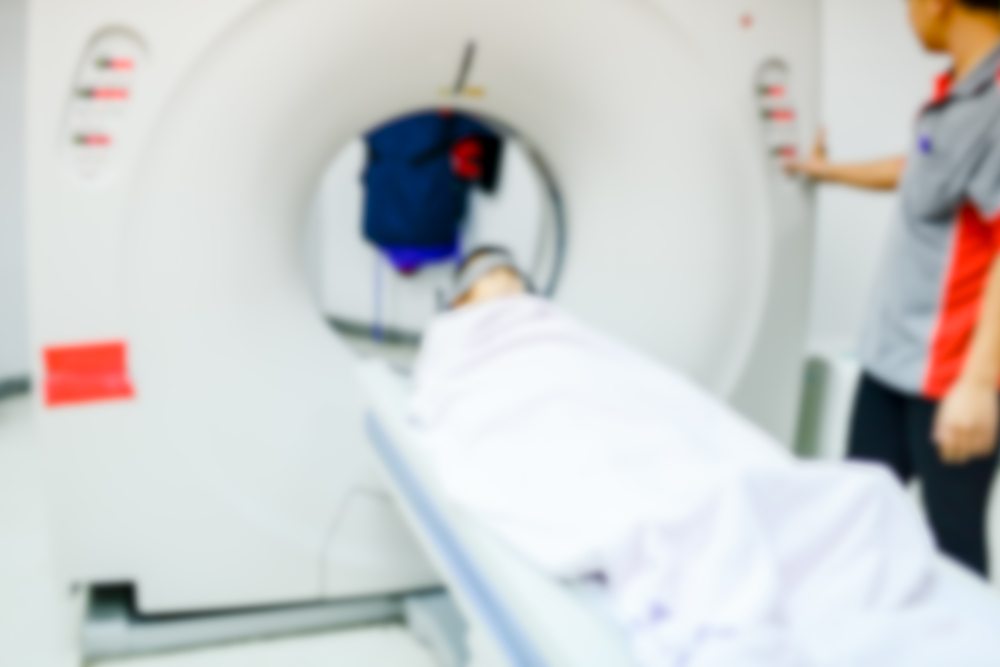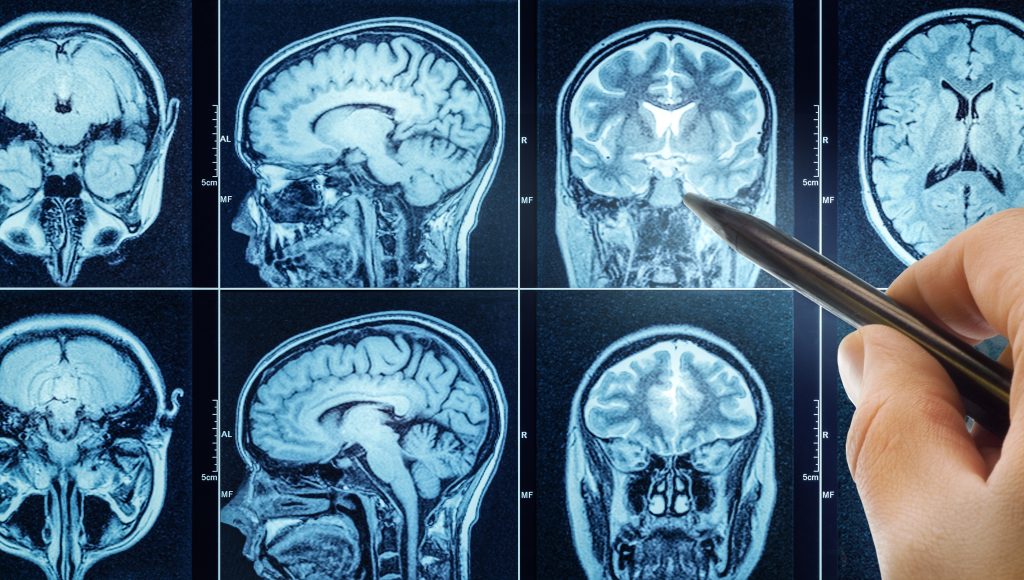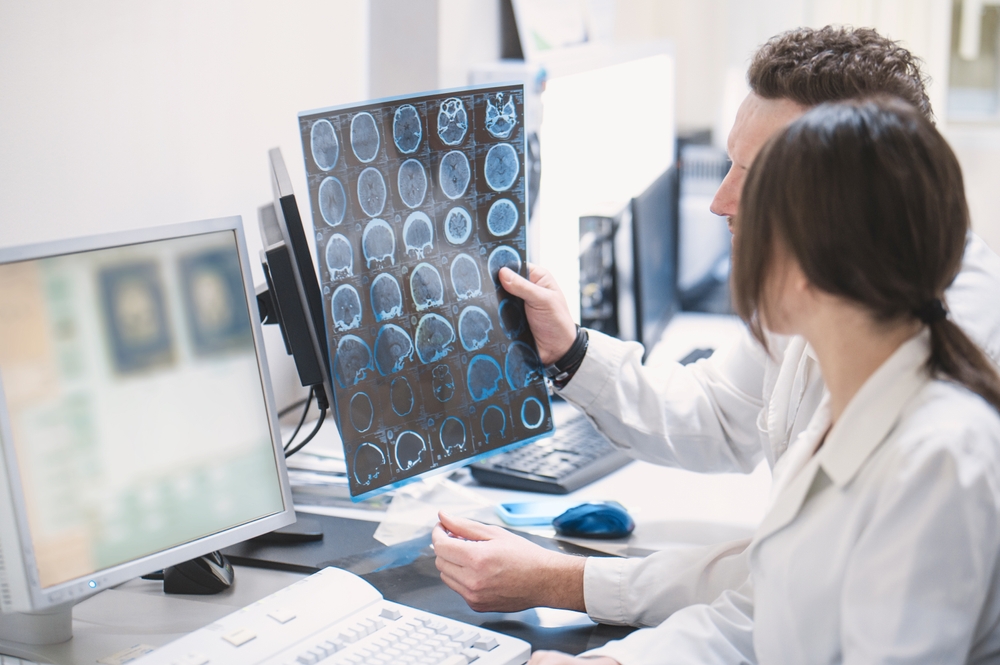Your cart is currently empty!
Huntington’s Disease Treatment Marks New Era in Medicine

For generations, Huntington’s disease has been described as one of the cruellest conditions known to medicine. It is a hereditary, degenerative brain disorder that strikes people in the prime of their lives, slowly dismantling their physical abilities, cognitive functions, and emotional well-being. Those who inherit the faulty gene often spend years watching symptoms creep in, beginning with subtle mood shifts and eventually leading to severe movement disorders, dementia, and death. The shadow of Huntington’s has loomed heavily over families for centuries, carrying with it a 50% chance of being passed from one generation to the next. The diagnosis has traditionally come with a devastating certainty: there was no cure, no treatment to slow its march, and no escape from its genetic fate.
That grim reality may now be shifting. In a development that scientists are calling spectacular, a new gene therapy has shown the ability to successfully slow Huntington’s disease for the first time. The therapy, delivered through intricate brain surgery, has been shown in early trials to reduce the progression of the disease by 75% over three years. This represents not just a medical milestone, but a profound moment of hope for thousands of families who have long resigned themselves to inevitable decline. If confirmed in larger trials and made widely available, the therapy could extend decades of meaningful life to patients and may even one day prevent the disease from appearing at all.
A Disease Once Thought Untreatable
Huntington’s disease originates from a single mutation in the huntingtin gene, a defect that transforms a protein essential for brain health into a destroyer of neurons. This genetic glitch ensures that once symptoms begin, usually in a person’s 30s or 40s, there is no stopping the deterioration that follows. Patients face a relentless combination of symptoms that mirror aspects of Parkinson’s disease, motor neurone disease, and dementia. Early changes can appear in mood and personality, often dismissed at first as stress or depression, but they quickly escalate into uncontrollable jerks and twitches, difficulty walking, and profound memory loss. By the later stages, many patients are unable to communicate, feed themselves, or move independently.

The disease is particularly cruel because it does not appear suddenly but rather chips away at independence year after year. Those affected are often young parents or professionals with decades of life ahead of them. Watching a loved one deteriorate while knowing you or your children may face the same future creates a uniquely harrowing psychological burden. Families like that of Jack May-Davis have lived through these cycles of loss: his father, Fred, began to show symptoms in his late 30s, and over the years his decline culminated in round-the-clock palliative care before his death at 54. For Jack, who inherited the faulty gene himself, the knowledge that his life was seemingly mapped out in the same way was overwhelming. Until now, that story has been tragically common among those who carry the gene.
The Gene Therapy Breakthrough

The new treatment, named AMT-130, represents a revolution in how Huntington’s disease is approached. Instead of attempting to manage symptoms as they arise, this therapy targets the disease at its very root: the toxic protein production that results from the faulty gene. Delivered through neurosurgery lasting between 12 and 20 hours, the therapy uses a harmless, genetically engineered virus as a delivery vehicle. Guided by real-time MRI, surgeons thread a microcatheter deep into two regions of the brain most affected by Huntington’s – the caudate nucleus and the putamen and infuse the virus directly into the tissue.
Inside the brain cells, the virus delivers a carefully designed DNA sequence that effectively rewires the cell’s instructions. This DNA sequence prompts neurons to produce small fragments of microRNA, molecules capable of intercepting and silencing the faulty messages sent by the mutant huntingtin gene. In other words, it prevents the cells from producing the toxic protein that damages and kills them. Once established, this process is expected to be permanent because brain cells, unlike blood or skin cells, are not routinely replaced in the body. That means one surgery could, in theory, provide lifelong benefit.
The complexity of this process cannot be overstated. Patients undergoing the therapy spend upwards of 18 hours in surgery, with surgeons delicately navigating some of the brain’s most vital structures. Yet despite these challenges, early signs suggest it is both safe and tolerable. Some patients did experience temporary inflammation that caused headaches and confusion, but these side effects resolved with or without steroid treatment. For researchers, the ability to deliver such a treatment safely is itself a triumph.
Results That Defied Expectations
The trial that revealed these results involved just 29 patients split between the UK and the US, but the outcomes were dramatic. Patients who received a high dose of the therapy showed a 75% slowing of disease progression over three years, a figure that stunned even the scientists conducting the research. To put this into context, what would normally be a year of cognitive and motor decline took four years instead. This slowing means more years of independence, the ability to work, to walk without assistance, and to maintain dignity in daily life.
The results were measured in several ways: clinical tests of memory and motor function, assessments of daily living skills, and biological markers in the brain and spinal fluid. One crucial marker is the level of neurofilaments, proteins that leak into spinal fluid when neurons die. In untreated patients, these levels rise steadily as the disease progresses. But in trial participants, neurofilament levels were lower than at the start of the trial, a strong signal that the therapy was not only slowing symptoms but actively protecting brain cells from dying.
Such findings have left experts emotional. Professor Sarah Tabrizi of University College London described the results as beyond her wildest expectations. Professor Ed Wild, another leading figure in the research, admitted he became teary when reflecting on the potential for families. Their response underlines the magnitude of what is unfolding this is not a marginal improvement but a fundamental shift in what is possible for Huntington’s disease.
The Human Impact

Statistics and clinical charts only tell part of the story. The true weight of this breakthrough is carried in the lives of the patients who have undergone the therapy. One participant, previously forced into medical retirement due to the disease’s progression, has since returned to work an outcome that would have been unimaginable without the intervention. Others who were predicted to be in wheelchairs by now remain mobile, defying the trajectory long assumed inevitable.
For families, the emotional impact is immense. Jack May-Davis, who has lived his entire adult life knowing he carries the faulty gene, has spoken of how the therapy has shifted his outlook. Where once he could only anticipate a steady decline mirroring his father’s, he can now imagine a life stretched forward, with years of productivity and family milestones ahead. Similarly, Robyn Perry, a support worker from Liverpool who tested positive at just 20 years old and has cared for her father for over a decade, described the trial results as a moment of shared joy across the Huntington’s community. The possibility of living longer, fuller lives is no longer a distant dream but a concrete reality on the horizon.
These personal accounts highlight why scientific advances resonate so deeply outside the laboratory. They mark not only survival, but the return of hope, dignity, and the chance to live without the inevitability of decline hanging overhead.
Challenges and Limitations

Despite the remarkable promise, the therapy is not without limitations. The surgery required to deliver the treatment is both lengthy and highly specialized, meaning access could be limited to major medical centers with the necessary expertise. This raises concerns about how widely the therapy can realistically be distributed, particularly in countries with fewer healthcare resources. Even in well-equipped systems like the NHS or the US healthcare network, the logistics of performing such intricate surgeries on a large scale are daunting.
Another major consideration is cost. Gene therapies are among the most expensive medical treatments available today. In the UK, the NHS funds a haemophilia B gene therapy that costs £2.6 million per patient, while in the United States, some therapies exceed $3 million. Although no official price has been set for AMT-130, it is expected to fall into a similar category. The high cost reflects not only the complexity of development and delivery but also the fact that these treatments are designed to be one-time interventions with lifelong benefits. Policymakers and insurers will face difficult questions about how to ensure equitable access while balancing financial sustainability.
Side effects, though mostly manageable in the trial, remain a concern as the therapy scales up. Longer-term safety data will be critical to ensure the virus used for delivery poses no unforeseen risks. Moreover, while the results are promising, they are based on a relatively small group of patients. Larger trials are needed to confirm both the safety and efficacy across more diverse populations.
Towards Prevention

Even with these challenges, researchers are already thinking beyond treatment to prevention. Because Huntington’s disease is genetic, individuals can know decades in advance whether they carry the mutation. Until now, many people have chosen not to be tested, knowing that a positive result carried no actionable options. That may soon change. Professor Sarah Tabrizi and her colleagues are beginning to work with “stage zero” patients those who carry the gene but have not yet developed symptoms to investigate whether early intervention could delay or even prevent the disease from ever appearing.
If successful, this would transform the landscape entirely, shifting Huntington’s from a condition that devastates generations to one that can be identified and neutralized before it takes hold. It would also encourage more people from at-risk families to undergo genetic testing, secure in the knowledge that the information could lead to actionable prevention rather than despair. Such a development would not only change lives on an individual scale but also reduce the broader societal and healthcare burden associated with the disease.
UniQure, the biotechnology company behind AMT-130, has announced its intention to seek regulatory approval in the United States in 2026, with European and UK submissions expected to follow. If approved, it would mark the first therapy capable of altering the course of Huntington’s disease itself, rather than merely alleviating symptoms. The implications would ripple far beyond the Huntington’s community, opening new avenues for gene therapy approaches to other neurological and genetic conditions.
A Historic Step in Genetic Medicine

The successful treatment of Huntington’s disease stands as one of the most significant moments in the history of genetic medicine. It demonstrates the potential of gene therapy not just to manage conditions but to fundamentally change their trajectory. While hurdles remain – from surgical complexity to cost and broader accessibility the science has opened a door once thought permanently closed.
For the approximately 75,000 people currently living with Huntington’s in Europe, the UK, and the US, and the hundreds of thousands more who carry the gene, the discovery offers something that has long been absent: genuine hope. Beyond Huntington’s, this breakthrough reinforces the promise of genetic medicine as a field, suggesting that other diseases once believed untreatable may yet be brought to heel. In the grand story of medicine, this moment represents both an ending and a beginning: the end of inevitability for those with Huntington’s and the beginning of a new era in which our understanding of genetics can be used to not only diagnose but also defeat devastating illnesses.
